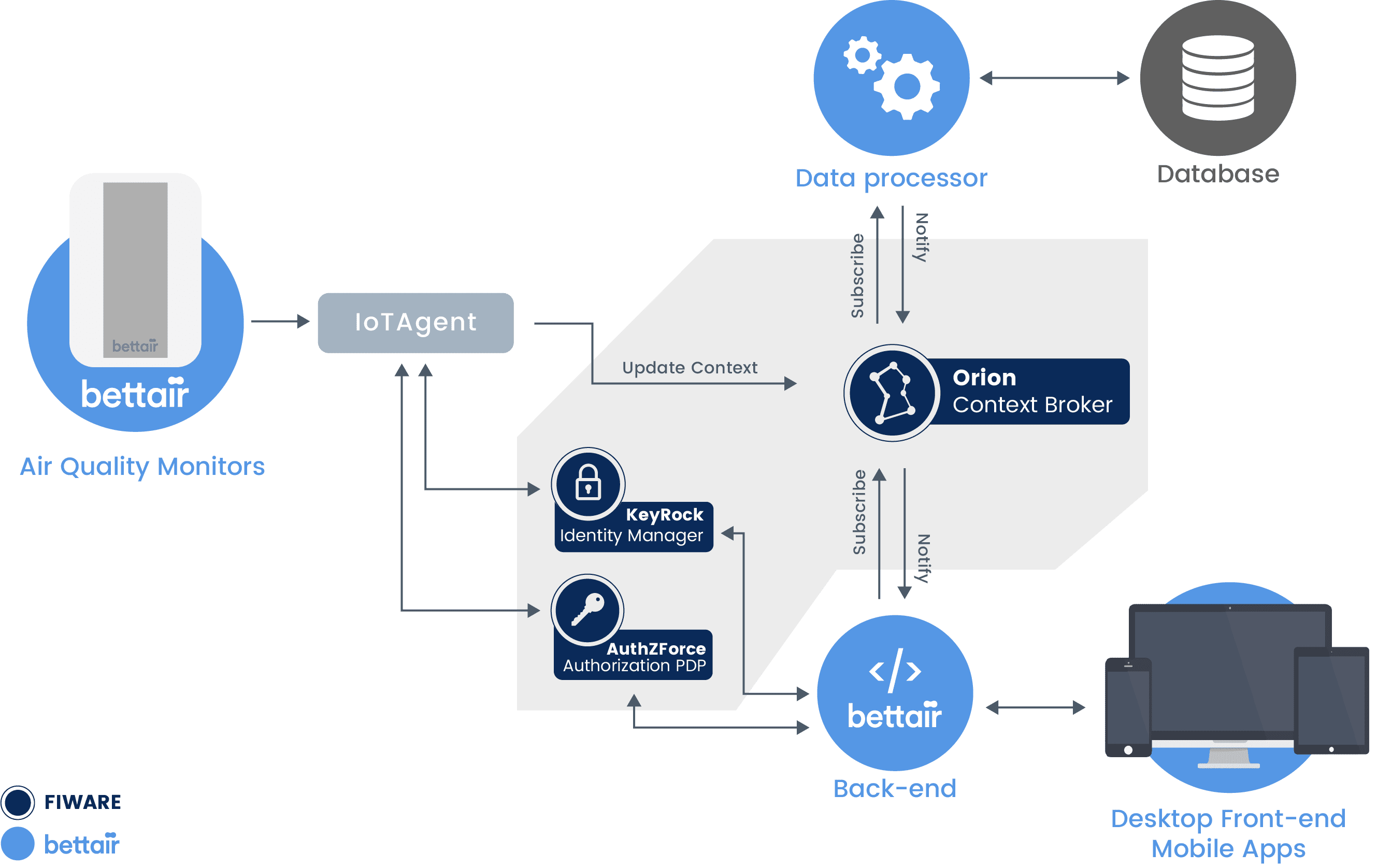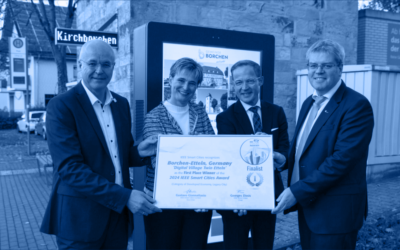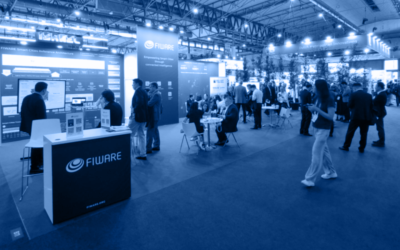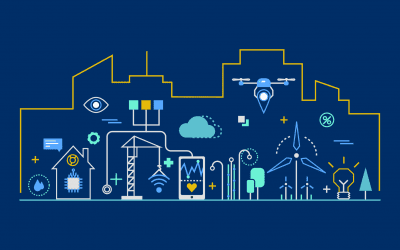Bettair® was born for a single, simple reason: to help provide the solution to the world’s growing air quality problem. Bettair® is a Platform as a Service (PaaS) that allows cities, for the first time, to map air pollution on a previously unimaginable scale, based on a large deployment of outstandingly accurate gas sensors by using an advanced post-processing algorithm.
Why Urban Air Quality?
The need for a new solution to measure urban air quality is clear. More and more people live in cities globally – over 50% of the world’s population – and air pollution is fast becoming a public health emergency across the world.
Historically, air quality monitoring has been conducted for two main purposes: legislation surveillance and scientific research. Currently, air pollution concentrations are monitored by professional personnel (i.e., government authorities, scientists, health experts) using static monitoring stations equipped with certified reference instruments for measuring regulatory pollutants, such as carbon monoxide, nitrogen oxides, ozone, and particulate matter. The traditionally used air pollutant analysers are relatively large, heavy, and expensive, with prices ranging between €5,000 and €30,000 per device.
Bettair® is a network of autonomous devices that are installed in streetlights (or in city furniture) in a dense matrix distanced, with a distance between nodes form 0.5 km to 1 km, allowing a high spatial and temporal resolution. This information allows urban planners to make appropriate urban plans to improve air quality and to take smart and better decisions to mitigate air pollution.
Bettair® and FIWARE
The FIWARE Context Broker manages the air pollution information sent by the Bettair® Static Nodes. The nodes do not require any external power supply and transmit data directly to a server for cloud processing.
Before using FIWARE, the Bettair® platform was developed with a monolithic architecture. Back then, all the system’s running services were deployed as a single, united solution. Such applications are easier to develop if they are not too big and scalability is achieved by running multiple instances of the application behind a network load balancer. However, such scalability is only possible in one dimension, and monolithic applications are difficult to understand and modify. As scalability is our main priority, a new approach was required.

With the addition of FIWARE, we designed the new platform using a micro-service architecture. In this architecture, some components are out-of-the-box FIWARE Generic Enablers and, crucially, because each service is absolutely independent of the others, they can be deployed independently.
The Benefits
Thanks to incorporating FIWARE, the Bettair® platform has seen three main benefits:
- With our platform’s new architecture, monitoring the interactions between the micro-services allows us to easily detect any performance bottlenecks, without requiring code-level visibility. These can then be corrected with ease.
- From the performance point of view, each service was written in a particular programming language, combining specific technologies and each one runs their own specialized instance. This allows us to deploy each component without any additional, unnecessary overheads.
- Finally, our architecture allows the creation of sub-networks between components in order to improve the performance of the platform. It also increases security as only specific components are exposed to external networks.
The Barcelona Experiment
Currently, electrochemical sensors are known to have low accuracy when compared with traditional air quality monitoring equipment. This is a primary reason why cities still rely on monitoring systems that do not provide an accurate representation of urban air pollution. After years of research, Bettair Cities has developed a robust processing algorithm that, combined with customized hardware, achieves high accuracy.
Using the FIWARE-powered platform, we carried out a study in which two nodes with three electrochemical sensors (NO2, O3, NO) were installed in the same location as an air quality monitoring station of the Generalitat de Catalunya, located in Barcelona (Gràcia – Sant Gervasi). The main purpose was to compare the nodes measurements of NO2, O3, and NO with a calibrated reference instrument for a long period.
Results of the In-field Testing
After a year of in-field testing, the Bettair® system returned results that were consistently comparable with the traditional air quality monitoring stations with which they were co-located.
From the scatter plots shown on the right-hand side of the images below, the high correlation of the nodes’ results when compared with a tradition AQM station can be observed. These are the most comprehensive results ever achieved for a modern, alternative air quality monitoring system, as they include the system’s performance throughout the year, including the summer – which often proves the most difficult period to accurately measure, and which is seldom represented in results released by new air quality measuring systems.

Figure 1. Time series (left) and correlation plot (right) of 1-hour averages of Nitrate Dioxide measurements of one Bettair® static node compared with a ratified AQM station.

Figure 2. Time series (left) and correlation plot (right) of 1-hour averages of Ozone measurements of one Bettair® static node compared with a ratified AQM station.

Figure 3. Time series (left) and correlation plot (right) of 1-hour averages of Nitrate Oxide measurements of one Bettair® static node compared with a ratified AQM station.
The results of this experiment clearly show that the Bettair® technology used to measure NO2, O3, and NO can accurately match the ratified air quality monitoring stations for these pollutants.
Bettair Cities has demonstrated that using low-cost air quality sensor networks is feasible in order to provide cities with high spatial and temporal resolution measures, which are essential for understanding and spatially monitoring environments with complex and highly variable emission sources, such as in urban areas.
In order to handle the amount of data coming from the Bettair® nodes a reliable IoT platform was also necessary. FIWARE has provided Bettair® with the core components to accelerate the development of our Smart Solution. Additionally, the open standard nature of FIWARE NGSI offers the ability to connect our solution with other existing “Powered by FIWARE” platforms that the cities might already have.
Guest Post by Leonardo Santiago (CTO, Bettair Cities)
Discover more about Bettair® in the FIWARE Marketplace.



